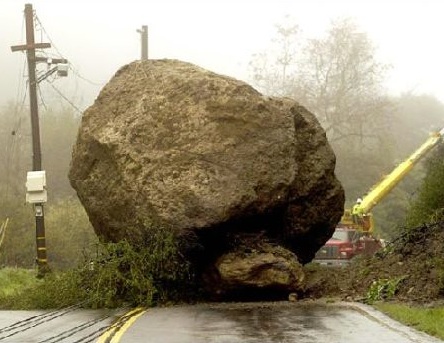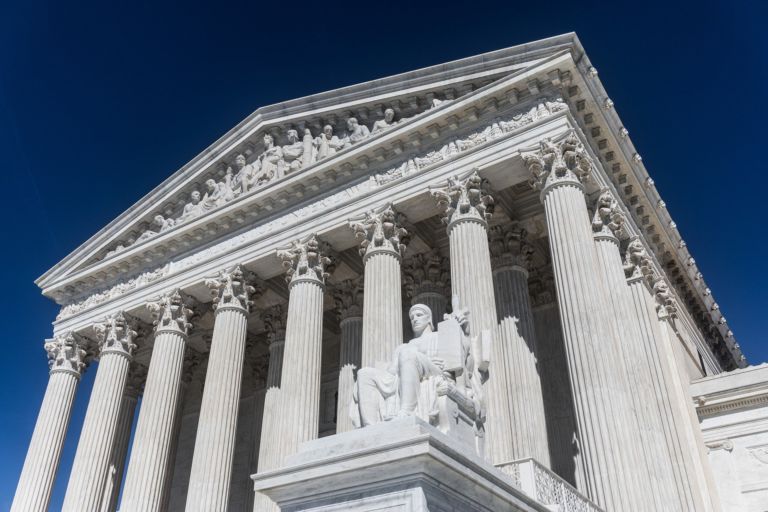Back in March, President Donald Trump issued an executive order directing
executive departments and agencies (agencies) immediately review existing regulations that potentially burden the development or use of domestically produced energy resources and appropriately suspend, revise, or rescind those that unduly burden the development of domestic energy resources beyond the degree necessary to protect the public interest or otherwise comply with the law.
Note: this is the same executive order that also set in motion the EPA’s review of the Obama administration’s “Clean Power Plan” (CPP) rule. That review completed, on October 10 the EPA officially moved to repeal the CPP rule.
 By “burden,” the order specifically meant rules that “unnecessarily obstruct, delay, curtail, or otherwise impose significant costs on the siting, permitting, production, utilization, transmission, or delivery of energy resource.”
By “burden,” the order specifically meant rules that “unnecessarily obstruct, delay, curtail, or otherwise impose significant costs on the siting, permitting, production, utilization, transmission, or delivery of energy resource.”
Readers would recognize those as negative incentives if they are familiar with my colleague Roy Cordato’s work on the proper way to compare energy subsidies. As Roy explained, the proper comparison is not to gross subsidies, but net subsidies.
Net subsidies are economically more relevant because they “include not only the monetized value of policies that subsidize the relevant industries but also the monetized value of policies that penalize those industries.” Cordato wrote:
Energy markets are riddled with government intrusions, from mandates and grants of monopoly privilege to special tax breaks and environmental and land use regulations. All energy sources are both subsidized and penalized.
The point to remember is that when we are given comparative estimates regarding energy subsidies alone we are being told an incomplete story.
From the perspective of economics, and liberty, the important question is — how are coercive policies distorting supply and demand relative to a free market that reflects actual scarcities, production costs, and consumer preferences?
The president is right to seek a fuller picture of government’s intervention in domestic energy production. As it is, the media perception of (gross) subsidies for energy resources has it completely backwards. As I’ve shown, renewable sources are subsidized at several levels greater than traditional sources.
Earlier this week, the Department of the Interior issued a report in response to the president’s executive order. That report identified “a number of burdens that specifically impede the production and transportation of energy resources” and listed directives to address them. Examples include:
- Nearly all (94 percent) of the Outer Contintental Shelf placed off-limits for leasing by the Obama administration (a new approach is under development)
- The 2016 moratorium against new federal coal leases (repealed)
- Excessive compliance costs for hydraulic fracturing on federal and Indian lands (now under review)
- Numerous instances of bottlenecks, foot-dragging, and deliberate project holdups brought about through excessive regulation or systemic abuse of well-intended regulatory procedures to foment delay (revisions, repeals, challenges, etc. all under consideration)
Trump’s dedicated leadership in the fight against burdensome, costly red tape has gone mostly unremarked in media. I think it’s very important, and here’s why.
It’s not only that the president is successfully reducing burdens on industry and individuals. It’s that those burdens extend from the authority of his office. So when he eliminates unnecessary and burdensome regulations, Trump is restoring power back to the people.


